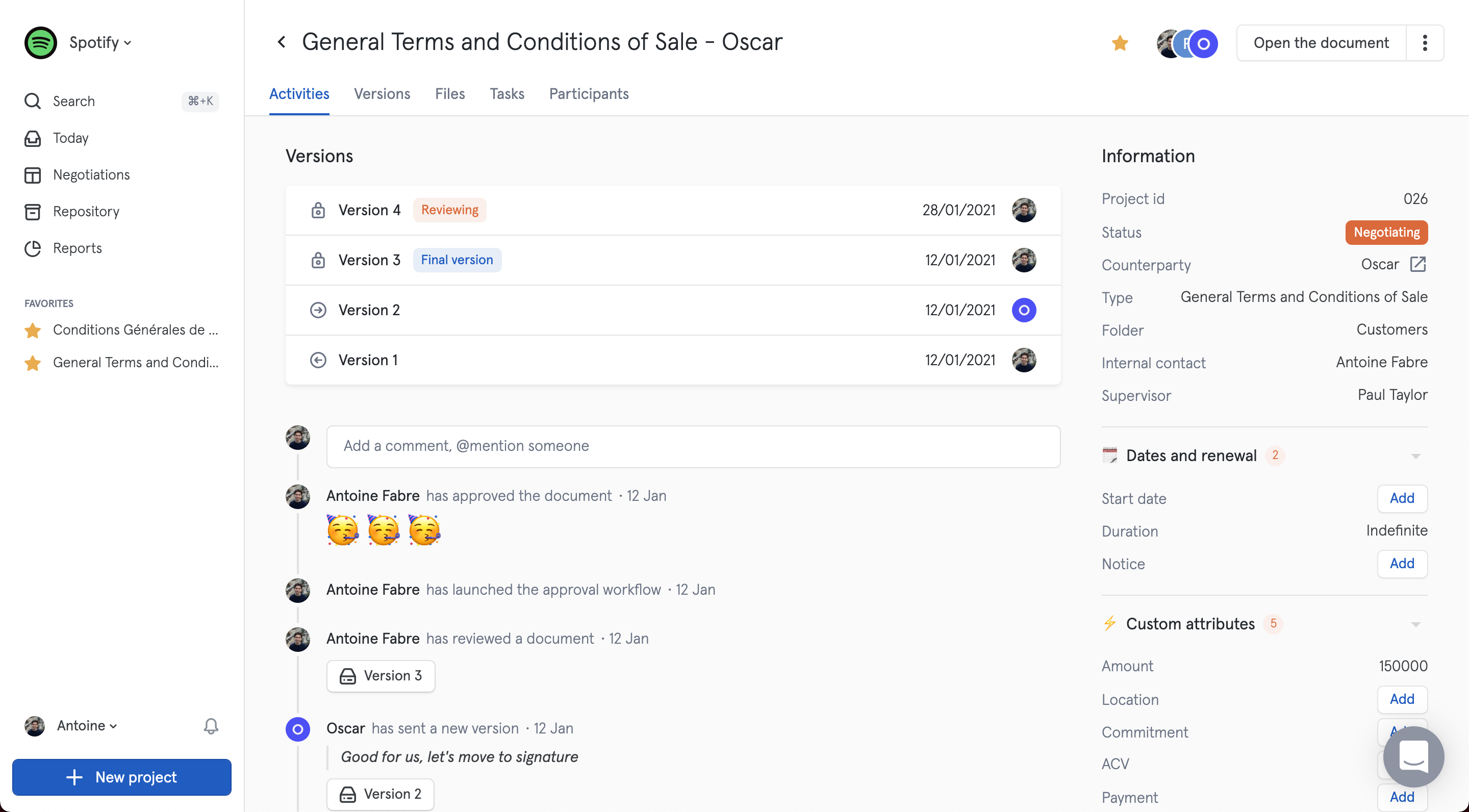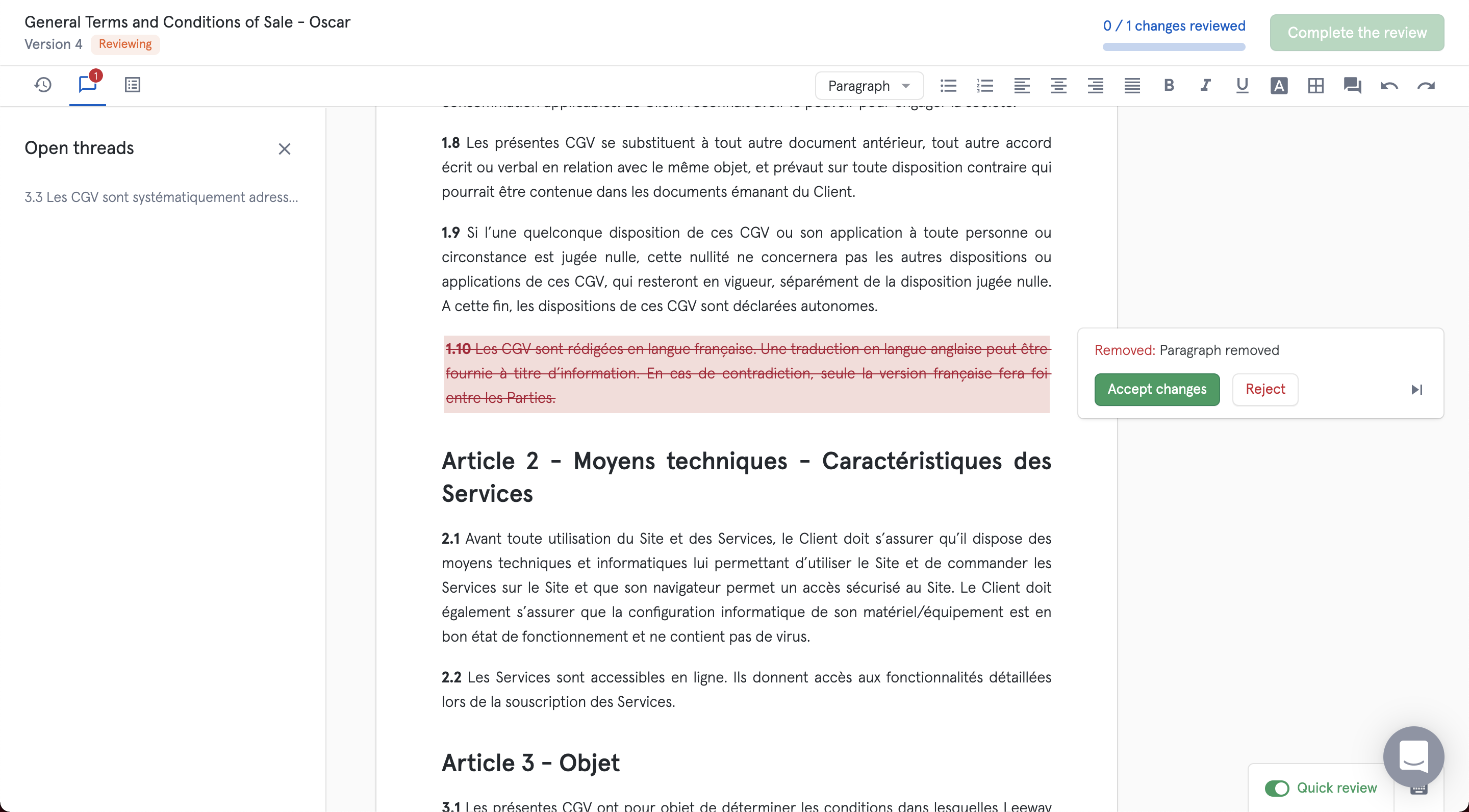- March 31, 2021
- by:
- in: Blog
The sweeping infrastructure package put forward today by President Joe Biden comes with a price tag of roughly $2 trillion (and hefty tax hikes) but gives startups and the broader tech industry about $1 trillion worth of reasons to support it. Tech companies have spent the past decade or more developing innovations that can be
The sweeping infrastructure package put forward today by President Joe Biden comes with a price tag of roughly $2 trillion (and hefty tax hikes) but gives startups and the broader tech industry about $1 trillion worth of reasons to support it.
Tech companies have spent the past decade or more developing innovations that can be applied to old-world industries like agriculture, construction, energy, education, manufacturing and transportation and logistics. These are industries where structural impediments to technology adoption have only recently been broken down by the advent of incredibly powerful mobile devices.
Now, these industries are at the heart of the President’s plan to build back better, and the hundreds of billions of dollars that are earmarked to make America great again will, either directly or indirectly, be a huge boost to a number of startups and large tech companies whose hardware and software services will enable much of the work the Biden administration wants done.
“The climate-oriented investment in Biden’s new plan would be roughly ten times what came through ARRA,” wrote Shayle Kann, a partner with the investment firm, Energy Impact Partners. “It would present a huge opportunity for a variety of climate tech sectors, ranging from clean electricity to carbon management to vehicle electrification.”
Much of this will look and feel like a Green New Deal, but sold under a package of infrastructure modernization and service upgrades that the country desperately needs. Indeed, it’s hard to invest in infrastructure without supporting the kind of energy efficiency and renewable development plans that are at the core of the Green New Deal, since efficiency upgrades are just a part of the new way of building and making things.
Over $700 billion of the proposed budget will go to improving resiliency against natural disasters; upgrading critical water, power, and internet infrastructure; and rehabilitating and improving public housing, federal buildings, and aging commercial and residential real estate.
Additionally there’s another roughly $400 billion in spending earmarked for boosting domestic manufacturing of critical components like semiconductors; protecting against future pandemics; and creating regional innovation hubs to promote venture capital investment and startup development intended to “support the growth of entrepreneurship in communities of color and underserved communities.”
Climate resiliency
Given the steady drumbeat of climate disasters that hit the U.S. over the course of 2020 (and their combined estimated price tag of nearly $100 billion), it’s not surprising that the Biden plan begins with a focus on resiliency.
The first big outlay of cash outlined in the Biden plan would call for $50 billion in financing to improve, protect and invest in underserved communities most at risk from climate disasters through programs from the Federal Emergency Management Agency, Department of Housing and Urban Development, and new initiatives from the Department of Transportation. Most relevant to startups is the push to fund initiatives and technologies that can help prevent or protect against extreme wildfires; rising sea levels and hurricanes; new agriculture resource management; and “climate-smart” technologies.
As with most of Biden’s big infrastructure initiatives, there are startups tackling these issues. Companies like Cornea, Emergency Reporting, Zonehaven are trying to solve different facets of the fire problem; while flood prediction and weather monitoring startups are floating up their services too. Big data analytics, monitoring and sensing tools, and robotics are also becoming fixtures on the farm. For the President’s water efficiency and recycling programs, companies like Epic CleanTec, which has developed wastewater recycling technologies for residential and commercial buildings.
Fables of the reconstruction
Energy efficiency and building upgrades represent by far the biggest chunk of the Biden infrastructure package — totaling a whopping $400 billion of the spending package and all devoted to upgrading homes, offices, schools, veteran’s hospitals and federal buildings.
It gives extra credence to the thesis behind new climate-focused funds from Greensoil Proptech Ventures and Fifth Wall Ventures, which is raising a $200 million investment vehicle to focus on energy efficiency and climate tech solutions.
As Fifth Wall’s newest partner Greg Smithies noted last year, there’s a massive opportunity in building retrofits and startup technologies to improve efficiency.
“What excites me about this space is that there’s so much low-hanging fruit. And there’s $260 trillion worth of buildings,” Smithies said last year. “The vast majority of those are nowhere up to modern codes. We’re going to have a much bigger opportunity by focusing on some not-so-sexy stuff.”
Decarbonizing real estate can also make a huge difference in the fight against global climate change in addition to the its ability to improve quality of life and happiness for residents. “Real estate consumes 40% of all energy. The global economy happens indoors,” said Fifth Wall co-founder Brendan Wallace, in a statement. “Real estate will be the biggest spender on climate tech for no other reason than its contribution to the carbon problem.”
The Biden plan calls on Congress to enact new grant programs that award flexible funding to jurisdictions that take concrete steps to eliminate barriers to produce affordable housing. Part of that will include $40 billion to improve the infrastructure of the public housing in America.
It’s a project that startups like BlocPower are already deeply involved in supporting.
“Get the superhero masks and capes out. The Biden Harris Climate announcement is literally a plan to save the American economy and save the planet. This is Avengers Endgame in real life. We can’t undo the last five years… but we can make smart, massive investments in the climate infrastructure of the future,” wrote Donnel Baird, the chief executive and founder of BlocPower. “Committing to electrify 2 million American buildings, moving them entirely off of fossil fuels is exactly that — an investment in America leading theway towards creating a new industry creating American jobs that cannot be outsourced, and beginning to reduce the 30% of greenhouse gas emissiosn that come from buildings.”
As part of the package that directly impacts startups, there’s a proposal for a $27 billion Clean Energy and Sustainability Accelerator to mobilize private investment, according to the White House. The focus will be on distributed energy resources, retrofits of residential, commercial and municipal buildings; and clean transportation. A focus there will be on disadvantaged communities that haven’t had access to clean energy investments.
Financing the future startup nation
“From the invention of the semiconductor to the creation of the Internet, new engines of economic growth have emerged due to public investments that support research, commercialization, and strong supply chains,” the White House wrote. “President Biden is calling on Congress to make smart investments in research and development, manufacturing and regional economic development, and in workforce development to give our workers and companies the tools and training they need to compete on the global stage.”
To enable that, Biden is proposing another $480 billion in spending to boost research and development — including $50 billion for the National Science Foundation to focus on semiconductors and advanced communications technologies, energ technologies and biotechnology. Another $30 billion is designed to be targeted toward rural development; and finally the $40 billion in upgrading research infrastructure.
There’s also an initiative to create ARPA-C, a climate focused Advanced Research Projects Agency modeled on the DARPA program that gave birth to the Internet. There’s $20 billion heading toward funding climate-focused research and demonstration projects for energy storage, carbon capture and storage, hydrogen, advanced nuclear and rare earth element separations, floating off shore wind, biofuel/bioproducts, quantum computing and electric vehicles.
The bulk of Biden’s efforts to pour money into manufacturing represents another $300 billion in potential government funding. That’s $30 billion tickets for biopreparedness and pandemic preparedness; another $50 billion in semiconductor manufacturing and research; $46 billion for federal buying power for new advanced nuclear reactors and fuel, cars, ports, pumps and clean materials.
Included in all of this is an emphasis on developing economies fairly and equally across the country — that means $20 billion in regional innovation hubs and a Community Revitalization Fund, which is designed to support innovative, community-led redevelopment efforts and $52 billion in investing in domestic manufacturers — promoting rural manufacturing and clean energy.
Finally for startups there’s a $31 billion available for programs that give small businesses access to credit, venture capital, and R&D dollars. Specifically, the proposal calls for funding for community-based small business incubators and innovation hubs to support growth in communities of color and underserved communites.
Water and power infrastructure
America’s C- grade infrastructure has problems extending across the length and breadth of the country. It encompasses everything from crumbling roads and bridges to a lack of clean drinking water, failing sewage systems, inadequate recycling facilities, and increasing demands on power generation, transmission and distribution assets that the nation’s electricity grid is unable to meet.
“Across the country, pipes and treatment plants are aging and polluted drinking water is endangering public health. An estimated six to ten million homes still receive drinking water through lead pipes and service lines,” the White House wrote in a statement.
To address this issue, Biden’s calling for an infusion of $45 billion into the Environmental Protection Agency’s Drinking Water State Revolving Fund and Water Infrastructure Improvements for the Nation Act grants. While that kind of rip and replace project may not directly impact startups, another $66 billion earmarked for upgrades to drinking water, wastewater and stormwater systems and monitoring and managing the presence of contaminants in water will be a huge boon for the vast array of water sensing and filtration startups that have flooded the market in the past decade or more (there’s even an entire incubator dedicated to just water technologies).
The sad fact is that water infrastructure in America has largely failed to keep up in large swaths of the country, necessitating this kind of massive capital infusion.
And what’s true for water is also true increasingly true for power. Outages cost the U.S. economy upwards of $70 billion per year, according to the White House. So when analysts compare those economic losses to a potential $100 billion outlay, the math should be clear. For startups that math equals dollar signs.
Calls to build a more resilient transmission system should be music to the ears of companies like Veir, which is developing a novel technology for improving capacity on transmission lines (a project that the Biden administration explicitly calls out in its plan).
The Biden plan also includes more than money, calling for the creation of a new Grid Deployment Authority within the Department of Energy to better leverage rights-of-way along roads and railways and will support financing tools to develop new high-voltage transmission lines, the White House said.
The administration doesn’t stop there. Energy storage and renewable technologies are going to get a boost through a clutch of tax credits designed to accelerate their deployment. That includes a ten-year extension and phase down of direct-pay investment tax credits and production tax credits. The plan aslo calls for clean energy block grants and calls for the government to purchase nothing but renewable energy all day for federal buildings.
Complimenting this push for clean power and storage will be a surge in funding for waste remediation and cleanup, which is getting a $21 billion boost under Biden.
Companies like Renewell Energy, or various non-profits that are trying to plug abandoned oil wells, can play a role here. There’s also the potential to recover other mineral deposits or reuse the wastewater that comes from these wells. And here, too, investors can find early stage businesses looking for an angle. Part of the money frm the Biden plan will aim to redevelop brownfields and turn them into more sustainable businesses.
That’s where some of the indoor agriculture companies, like Plenty, Bowery Farms, AppHarvest could find additional pots of money to turn unused factory and warehouse space into working farms. Idled factories could also be transformed into hubs for energy storage and community based power generation and distribution facilities, given their position on the grid.
“President Biden’s plan also will spur targeted sustainable, economic development efforts through the Appalachian Regional Commission’s POWER grant program, Department of Energy retooling grants for idled factories (through the Section 132 program), and dedicated funding to support community-driven environmental justice efforts – such as capacity and project grants to address legacy pollution and the cumulative impacts experienced by frontline and fenceline communities,” the White House wrote.
Key to these redevelopment efforts will be the establishment of pioneer facilities that demonstrate carbon capture retrofits for large steel, cement, and chemical production facilities. But if the Biden Administration wanted to, its departments could go a step further to support lower emission manufacturing technologies like the kind companies including Heliogen, which is using solar power to generate energy for a massive mining operation, or Boston Metal, which is partnering with BMW on developing a lower emission manufacturing process for steel production.
Critical to ensuring that this money gets spent is a $25 billion commitment to finance pre-development activities, that could help smaller project developers, as Rob Day writes in Forbes.
“As I’ve written about elsewhere, local project developers are key to getting sustainability projects built where they will actually do the most good — in the communities hit hardest by both local pollution and climate change impacts. These smaller project developers have lots of expenses they must pay just to get to the point where private-sector infrastructure construction investments can come in,” Day wrote. “Everyone in sustainability policy talks about supporting entrepreneurs, but in reality much of the support is aimed at technology innovators and not these smaller project developers who would be the ones to actually roll out those technology innovations. Infrastructure investors are typically much more reticent to provide capital before projects are construction-ready.”
Building a better Internet
“Broadband internet is the new electricity. It is necessary for Americans to do their jobs, to participate equally in school learning, health care, and to stay connected,” the White House wrote. “Yet, by one definition, more than 30 million Americans live in areas where there is no broadband infrastructure that provides minimally acceptable speeds. Americans in rural areas and on tribal lands particularly lack adequate access. And, in part because the United States has some of the highest broadband prices among OECD countries, millions of Americans can’t use broadband internet even if the infrastructure exists where they live.”
The $100 billion that the Biden Administration is earmarking for broadband infrastructure includes goals to meet 100 percent high-speed broadband coverage and prioritizes support for networks owned, operated, or faffiliated with local governments, non-profits and cooperatives.
Attendant with the new cash is a shift in regulatory policy that would open up opportunities for municipally-owned or affiliated providers and rural electric co-ops from competing with prive providers and requiring internet providers to be more transparent about their pricing. This increased competition is good for hardware vendors and ultimately could create new businesses for entrepreneurs who want to become ISPs of their own.
Wander is one-such service providing high speed wireless internet in Los Angeles.
“Americans pay too much for the internet – much more than people in many other countries – and the President is committed to working with Congress to find a solution to reduce internet prices for all Americans, increase adoption in both rural and urban areas, hold providers accountable, and save taxpayer money,” the White House wrote.



 , Alexa will share financial planning best practices so founders can remove this layer of stress from the pressure of building a business.
, Alexa will share financial planning best practices so founders can remove this layer of stress from the pressure of building a business.




